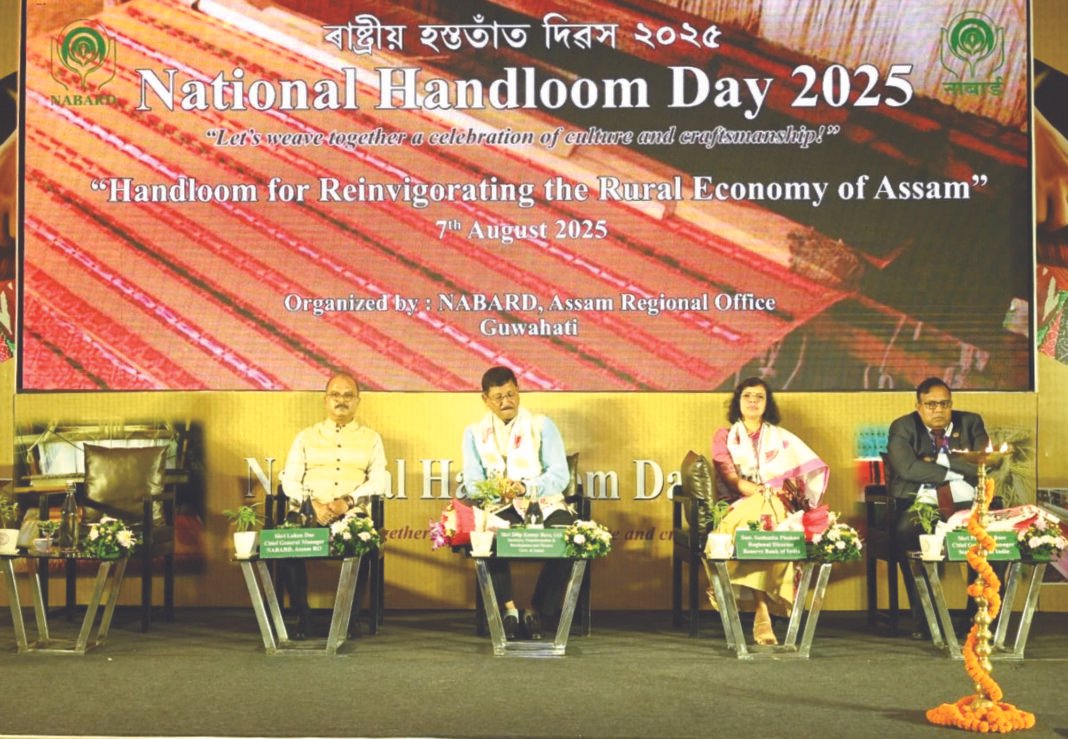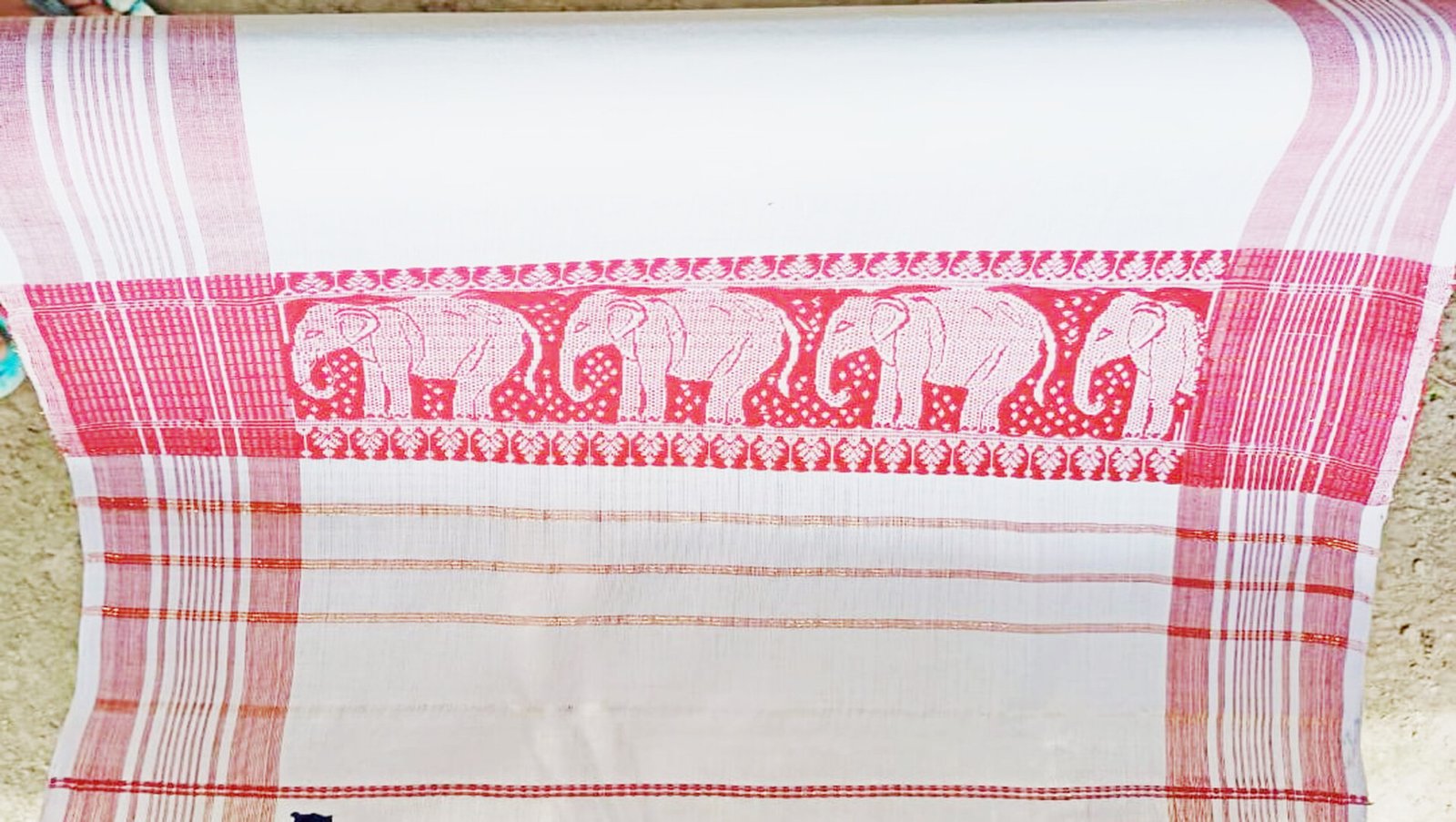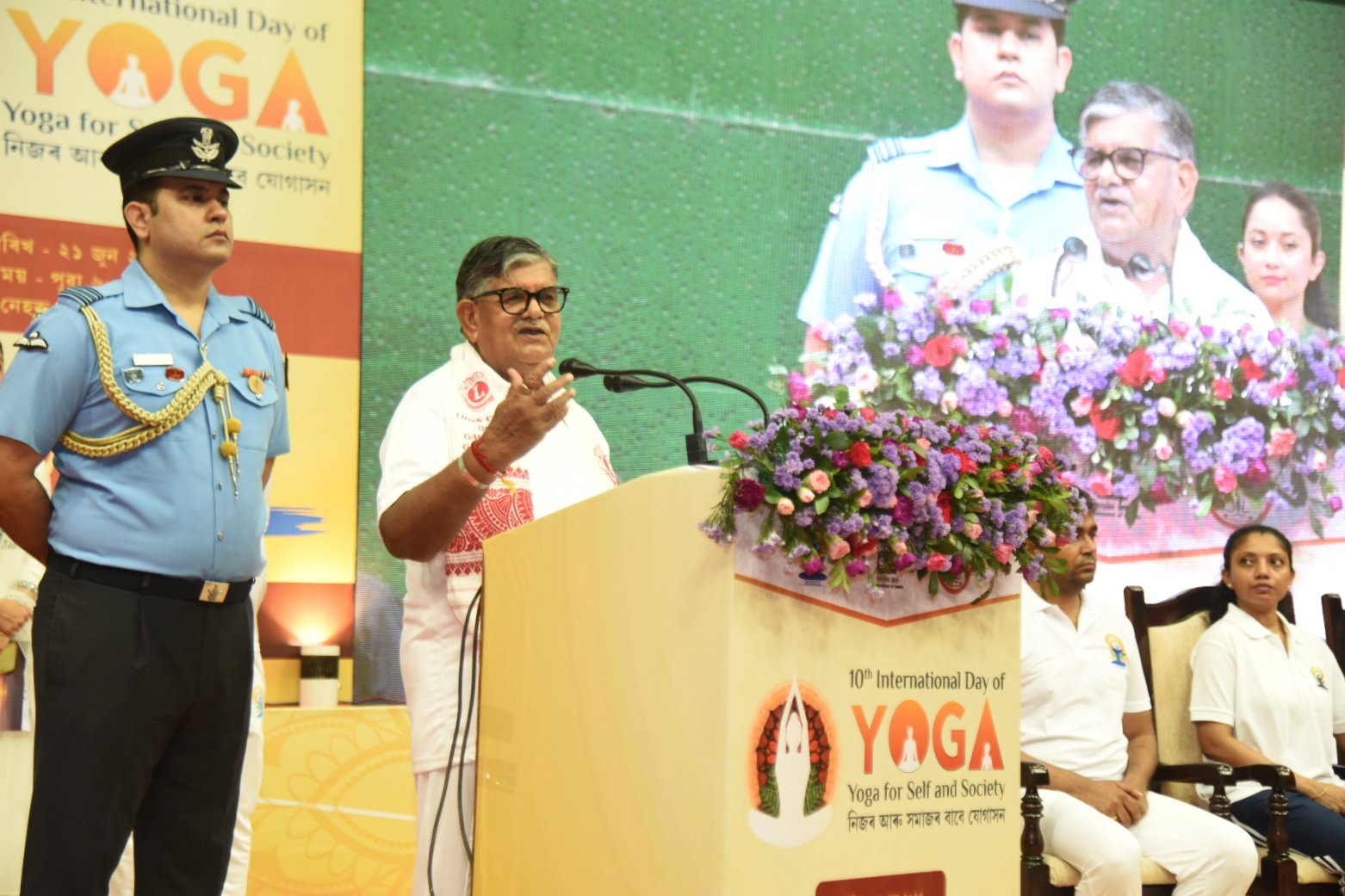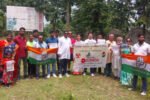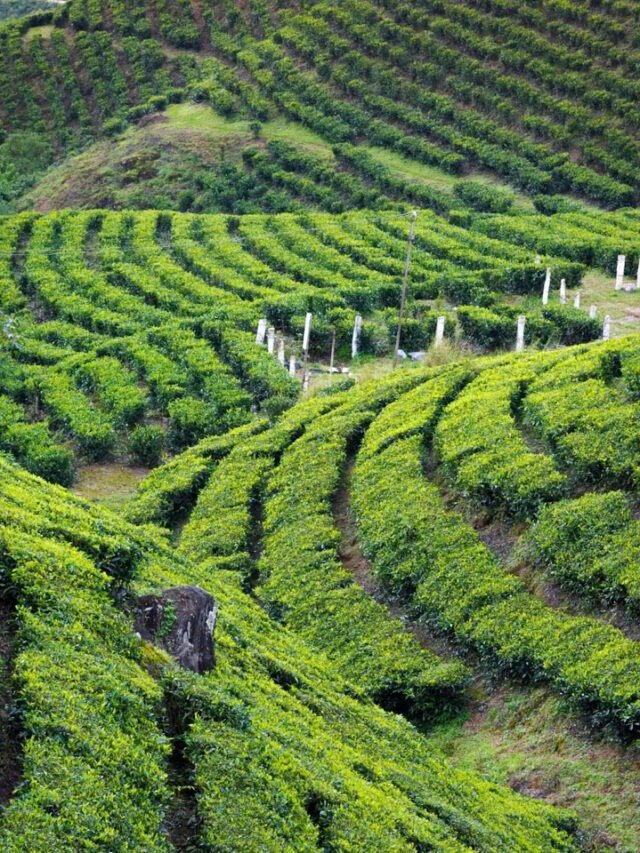HT Bureau
GUWAHATI, Aug 7: Over 8,000 handloom weavers across Assam have benefitted from the various livelihood and sectoral development initiatives implemented by the National Bank for Agriculture and Rural Development (NABARD) in recent years.
This was highlighted during a state-level programme organised in Guwahati to mark National Handloom Day 2025.
The event, held at Hotel Vivanta, was themed “Handloom for Reinvigorating the Rural Economy of Assam” and brought together a wide range of stakeholders to deliberate on the role of the handloom sector in the state’s rural economic development.
According to an official statement, the celebration was graced by Dilip Kumar Borah, IAS, Secretary (Finance, and Transformation & Development), Government of Assam, who attended as the chief guest.
In his address, Borah praised NABARD’s Assam Regional Office led by chief general manager Loken Das for their continuous efforts towards empowering weavers and uplifting the handloom sector.
He called the present phase a “golden era” for Assamese handloom, citing national and international recognition given to the traditional textile.
He referred to the Prime Minister’s use of the Assamese phulam gamosa on global platforms and the chief minister’s focus on policies that support the recognition and commercial development of the sector.
Borah drew attention to the Handloom Census of 2019–20, which reported that Assam is home to 12.83 lakh weavers, of whom over 90 percent are women.
The state also houses around 12.54 lakh active handlooms.
He further commended the government’s digital initiative, the Swanirbhar Naari portal, which has seen registration of 5.64 lakh weavers and marketing of over 11 lakh handloom items.
Government interventions including raw material support, minimum support prices (MSP), plans for an Integrated Handloom Park at Kaziranga, and Silk Tourism initiatives in Sualkuchi and other areas were also highlighted as crucial steps for sustaining the sector.
Delivering the keynote address, NABARD CGM Loken Das outlined the organisation’s ongoing contributions to Assam’s handloom development.
He stated that NABARD has extended grant support of over ₹528 lakh in recent years, enabling over 8,000 weavers to benefit from a range of programmes including skill development, rural enterprise promotion, marketing infrastructure creation, and formation of Off-Farm Producer Organisations (OFPOs).
He also informed that NABARD had supported the Geographical Indication (GI) registration of handloom products and the facilitation of authorised users under GI.
Looking ahead, Das shared that a Handloom Roadmap for Assam is being prepared by NABARD in collaboration with the Indian Institute of Technology (IIT) Roorkee.
The roadmap will serve as a strategic plan for the long-term and sustainable development of the handloom ecosystem in the state.
The event also featured remarks from Sushmita Phukan, regional director of the Reserve Bank of India (RBI), who appreciated NABARD’s role in credit facilitation and urged further promotion of eco-friendly and sustainable local weaving practices.
Prabhas Bose, chief general manager of State Bank of India (SBI), highlighted the critical role of Self Help Group (SHG) financing and the need for convergence between banking services and government schemes to reinforce the growth of the handloom sector.
To facilitate constructive dialogue, the programme included two thematic panel discussions—one focusing on the challenges confronting Assam’s handloom sector, and the other on the sector’s potential in rejuvenating the rural economy.
Experts, policymakers, weavers, and financial institutions participated in the discussions, sharing perspectives on overcoming structural gaps and leveraging opportunities for growth.
As part of the event, NABARD-supported weavers displayed their handloom products at a special exhibition, offering visitors a glimpse into the richness of Assam’s textile tradition.
A dedicated stall by TRIFED also showcased tribal weaving, reinforcing the role of tribal artisans in the state’s broader handloom landscape.
The National Handloom Day celebration witnessed strong participation from senior officials of the Assam government, representatives from various banks, handloom sector stakeholders, and a large number of weavers from across the state.
According to NABARD, the active engagement and response reaffirm the growing momentum for collaborative efforts to strengthen the handloom sector as a sustainable pillar of rural livelihood and cultural heritage in Assam.


